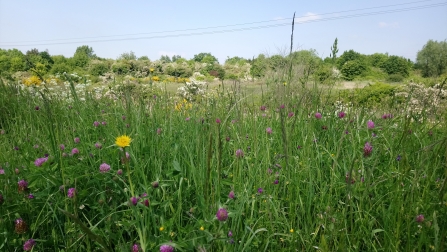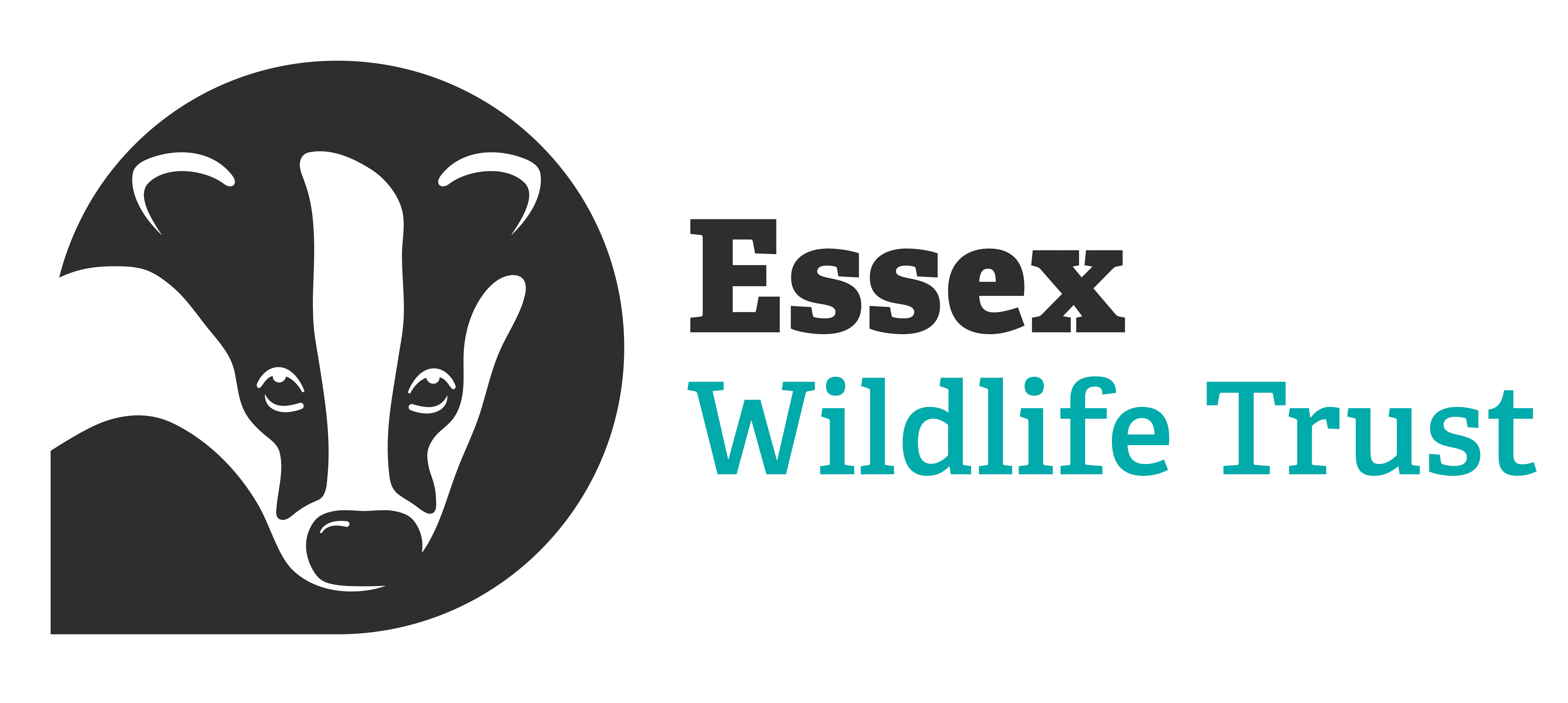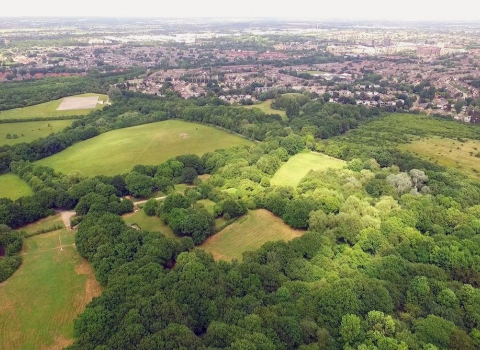Essex is blessed with a rich and varied wildlife heritage and the county is famous for its coastline, arguably the longest in England; the coastal wetlands of Essex are renowned for their extensive areas of grazing marsh, lagoons, shingle, mudflats, saltmarsh, fresh water pools and reedbeds. In addition, there are extensive river systems, tracts of ancient woodland, mosaic and grassland, and important brownfield sites, with heaths, wetlands and important wildlife corridors scattered throughout the county within the wider farmed countryside. These beautiful wild places are vulnerable and many are under threat from development.
Development pressures in Essex
Essex County Council is one of the largest county councils in England, serving a resident population of 1.7 million and an extensive geographic area containing twelve districts. It has three national and regional growth areas: Essex Thames Gateway; Haven Gateway; part of the London, Stansted, Cambridge and Peterborough growth corridor; and a regional growth point at Chelmsford.
The pressure on Essex local authorities to provide substantial additional housing for the expanding population has resulted in proposals to create several completely new settlements, or ‘garden villages’, in Tendring, Colchester, Braintree, Uttlesford and Dunton.
Alongside this housing growth a new, upgraded route for the A120 between Braintree and Colchester is planned; there are also proposals to widen and reroute sections of the A12 between Chelmsford and Colchester. The new Lower Thames Crossing will present a further significant barrier to wildlife as it sweeps north across the county from Tilbury before swinging west to join the M25 at Ockendon.
In addition, CGN and EDF Energy are pushing forward with plans to build a new nuclear power station at Bradwell-on-Sea, which lies adjacent to the Blackwater Estuary Special Protection Area (SPA) and Ramsar site.
All this new development means considerable pressure is being placed on the county’s remaining wildlife and wild spaces. Essex Wildlife Trust is fully engaged with planners to try to ensure that any development avoids or minimises harm to the natural environment. We scrutinise and comment on both strategic planning policy and individual planning proposals. We are also working to ensure that Essex can adapt to the impacts of climate change through the protection and enhancement of habitat networks (Living Landscapes) in emerging new Local Plans.

Local Wildlife Sites
We focus on the protection of Local Wildlife Sites (LoWS), through early engagement with local authority strategic planning and policy development. Local Wildlife Sites are extremely important areas of land with significant wildlife value. They may support both locally and nationally threatened species and habitats; many sites will contain habitats and species that are recognised as conservation priorities under the Natural Environment and Rural Communities (NERC) Act 2006.
Together with Sites of Special Scientific Interest (SSSI), Local Wildlife Sites are fundamental as they provide a vital contribution towards maintaining the current levels of wildlife in Essex. However, while the status of SSSI is a statutory designation, LoWS do not have this level of protection (although they are a material consideration in the planning system). Consequently, they are frequently threatened by development proposals.
Planning consultations
Local authority strategic planning proposals (for example, housing site allocations) sometimes pose a threat to the natural environment. Where this occurs, we will object to the proposals unless adjustments can be made to avoid or mitigate the damage.
Animals and plants have an intrinsic right to exist and it is up to us to protect them before it is too late. In the last twelve months, we have examined and commented on a wide range of new Local Plan consultation documents published by local authorities across Essex. We have also commented on and objected to a number of high-profile individual planning applications. Many of our comments and objections have been noted by local authorities and we are pleased that Essex Wildlife Trust has been influential in saving some sites from permanent loss.

